This blog has been updated on – February 13, 2024
BIM modeling is essentially called for more efficient and sustainable renovations in AEC projects.
Most home builders, architects, designers, and renovators use strategic BIM and Revit Modeling for new space planning and retrofit at minimal cost and inconvenience.
The aim is to revamp the existing load-bearing structure, styles, lifestyles, and work practices for the modern era of elegance and real estate trends.
Wondering how Building Information Modeling can contribute to building renovations, retrofits, or refurbishments? How does it facilitate better methods of documenting and dealing with these issues?
Continue reading the article on the architectural issues of renovation to get your answers.
Table of Contents:
BIM Modeling Strategy for Renovations
Building renovations are far more complex than new construction projects. Building Information Modeling or BIM models for renovations and retrofitting can add immense value to the individual’s lifestyle and property.
Homebuilders and real estate contractors choose BIM modeling to achieve energy efficiency and sustainability for renovation projects. For as-built data of construction projects, including building costs, materials, safety standards, and manufacturer information, 3D modelers apply laser scanning techniques using the best BIM software.
From Scan to construction drawings and clash detection, project stakeholders implement BIM modeling strategies to renovate existing structures.
Scenarios of BIM and Building Renovations
Several reasons drive the decision to renovate old, inadequate, or dysfunctional buildings in preference to demolition and new construction.
Home remodelers, building contractors, or owners like you majorly have these specific reasons to renovate their living spaces with BIM modeling services:
-
Preserving heritage buildings
-
Modernizing outdated buildings
-
Upgrades to reduce energy costs
-
Conserving resources through reuse
-
Alterations with changed use
-
Alterations with building extensions
-
Alternative to new construction for lower building cost
While a renovation usually involves more than one of these motivations, it is essential to understand which primary driver is to adopt the right BIM strategy.
AEC professionals conduct Building Information Modeling practices in such scenarios:
-
Preservation of historical or heritage buildings: It has become a vital priority worldwide since the real estate booms of the 70s and 80s obliterated much of the old inner city building stock.
-
Enforcement of town planning conditions on redevelopment projects: It rarely leads to reduced building costs and usually involves stringent conditions of approval, where extensive and detailed documentation is required.
However, with the BIM processes and MEP’s benefits, building renovators can often precisely replicate data such as original building methods, fixings, and color schemes in restoration work.
-
New additions to building plans must be distinctly differentiated to avoid confusion about what is genuinely historic. New extensions also sometimes need reversible connections to the old, i.e., connections that do not match the original building fabric if the new extension is removed.
Renovate with Confidence with Scan to BIM, Your Trusted Partner!
When an old building has no historical significance and no redeeming aesthetic qualities but has a sound structure, a decision is sometimes made to renovate and modernize its appearance.
The assumption behind this decision is often that this is a cheaper alternative to new construction, but the need to restore the rich heritage could also be a significant factor.
That process highlights how Scan to BIM revolutionizes renovations, enabling architects to review the alteration and addition plans with 3D laser scanning.
BIM Modeling for Sustainable Renovations
Our increasing awareness of sustainability issues has, for many years now, been driving a wave of building renovations.
At BluEntCAD, our BIM modelers use point cloud modeling to build net zero homes for a greener future or renovate existing property to reduce energy costs and adverse health issues.
That often involves a strong focus on increased insulation, resolving damp-proofing issues, providing adequate ventilation, replacing and improving building service runs, and replacing components found to be toxic.
Sustainability through recycling is increasingly becoming a solid motivation for renovations to limit dependence on new building materials.
However, BIM for sustainable construction promises to reuse building materials while lowering environmental costs. Conventional building renovations will lead to higher labor costs and need to be carefully evaluated as to the net benefit before going down this path.
Recommended Reading:
Building Renovation Challenges Addressed by BIM 3D Modeling
The first and greatest challenge when undertaking a renovation is the unknown and hidden condition of the existing building. BIM level of development (LOD) takes over these hurdles through the six-step procedure of conceptual and schematic design, details, geometry, fabrication, and as-built levels.
Over time, all buildings deteriorate, and all old buildings can be expected to have deteriorating drainage, plumbing, and electrical service runs that need replacing.
Architects know what BIM clash detection means; cursory inspection can quickly reveal sagging or cracking structures due to inadequate bracing or foundation movement. Such issues are easy to predict and budget with BIM modeling in renovation programs.
However, even though renovation gets underway, a building that at first may appear sound will reveal latent problems that are costly to rectify. Such hidden issues are often specific to climate zones and building vernaculars.
Recommended Reading:
Building Problems in Cold and Temperate Climate Zones
Poor insulation, draughty windows and doors, incorrectly placed vapor barriers in walls and roofs causing ice build-up in wall framing, inadequate ventilation or damp proofing giving rise to mold growth and spalling concrete beams and columns because of rusting reinforcement.
Problems in Mediterranean Climates
Old traditional masonry construction built to sub-standard building practices frequently reveals problems needing house remodeling services.
Fixing the rising dampness in walls and floors at grade, cracking walls due to lack of reinforcement or inadequate footings, and termite infestations in joinery and roof beams take the BIM approach for an effective transition.
Tropical and Sub-tropical Climates
This vernacular is commonly lightweight framed construction. Old buildings in these zones usually need help with inadequately heat-insulated roofs and walls, leaky metal roofs, dry rot in structure and cladding, mold growth in poorly ventilated spaces, and termite attacks.
Harness BIM-driven Renovations to Shape Your Dream Building Projects
BluEntCAD’s Solutions to Reshape Building Renovations with BIM 3D Modeling
It is readily acknowledged among AEC professionals that BIM dramatically facilitates the whole process of new construction, from design to completion. For renovation projects, there are several additional benefits in the BIM solutions in the US, Australia, UK, Canada, and other nations.
At BluEntCAD, our first step in a renovation project is conducting a complete survey and a building audit by each consultant in their area of expertise.
-
One emerging technology starting to revolutionize the building survey is laser scanners. Laser scans from strategic points in and around an existing building generate a PointCloud data set.
Faro, a company making laser scan equipment, gives a good presentation of how this works through an online video on their website.
-
Real-time PointCloud cloud rendering can best be considered a 3D bitmap, which can be inserted into BIM software such as ArchiCAD, Revit, or MicroStation.
Using this as the accurate dimensional guide, we generate various BIM components to make up the Building Information Model for renovating and retrofitting projects.
-
The Renovation filters in ArchiCAD or Revit are tools we use to identify and color codes, existing components to remain, components for demolition, temporary work, and new construction.
However, various BIM software packages for renovations now have features to facilitate that renovation documentation.
-
Points of deterioration, dilapidation, and essential load-bearing structure can be identified.
This information base in the form of a Virtual Building becomes an easily readable logical framework from which the design and program for the renovation can then be developed.
-
The visual feedback through our 4D BIM modeling efforts also makes it easier to make sound strategic decisions regarding the staging of the building renovation program.
That assists home remodelers with the logistics of achieving the result within an existing structure, a significant problem in large buildings on crowded sites. Above all, timelines can be applied to this, and construction animations can be generated to highlight issues of site logistics.
Likewise, the phasing filters in Revit Software can be used to advantage similarly. For more thorough explanations of these filters, visit the instructive videos for ArchiCAD, Revit, and BIM.
These filters are intended for broader documentation, such as space planning and design changes. Still, they could also be applied at the detail level, where many critical renovation issues crop up, e.g., how to temporarily support a beam to replace a corroded seating bracket.
Recommended Reading:
Conclusion
With the help of BIM, collaborating designers and engineers can make more informed and better-coordinated decisions about to what extent a dysfunctional old building should be preserved, remedied, or replaced.
Without BIM, the AEC professionals have grappled with this question for just one building over the past 850 years!
We at BluEntCAD are braving the new world of BIM with notable mastery in broader domains of building information modeling for services ranging from Revit Modeling to Scan to BIM and BIM clash detection.
Our expertise includes Construction Drawings, 3D Rendering and VR, Millwork Engineering, Shop Drawings, and CAD conversions. For more insights into our projects, explore our portfolio of clients we’ve catered so far.
All set to renovate and retrofit your next building project? Consult BIM specialists before getting started!


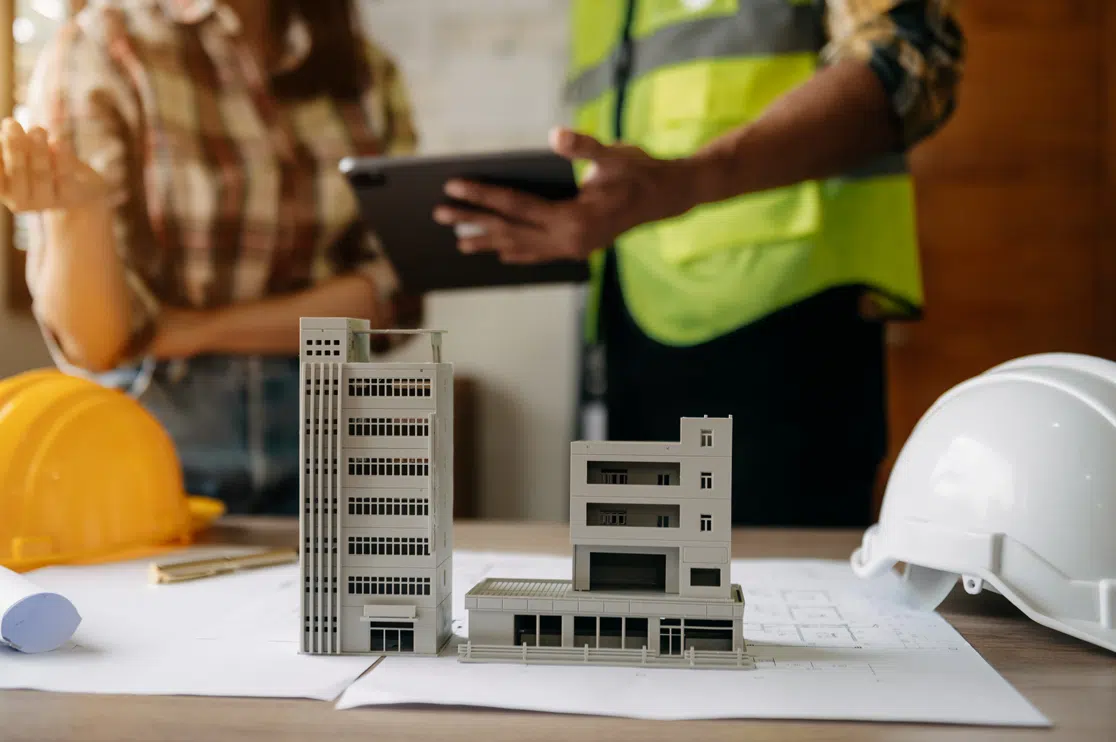
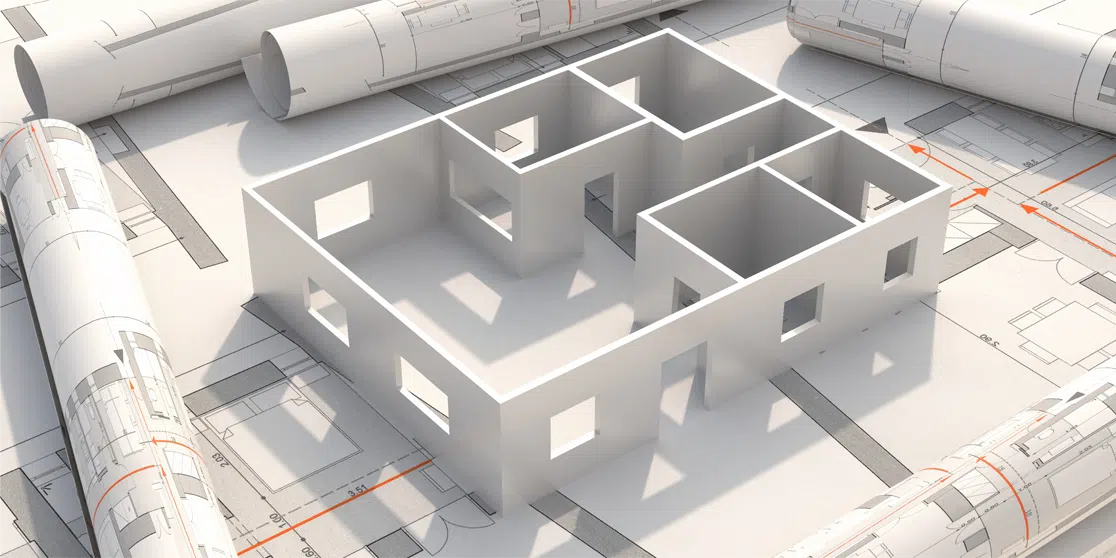

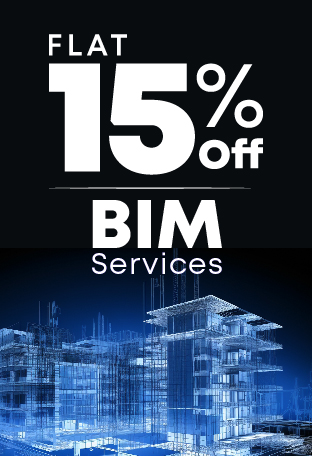


 How AI BIM Modeling Shaping the Future of Residential Construction?
How AI BIM Modeling Shaping the Future of Residential Construction? 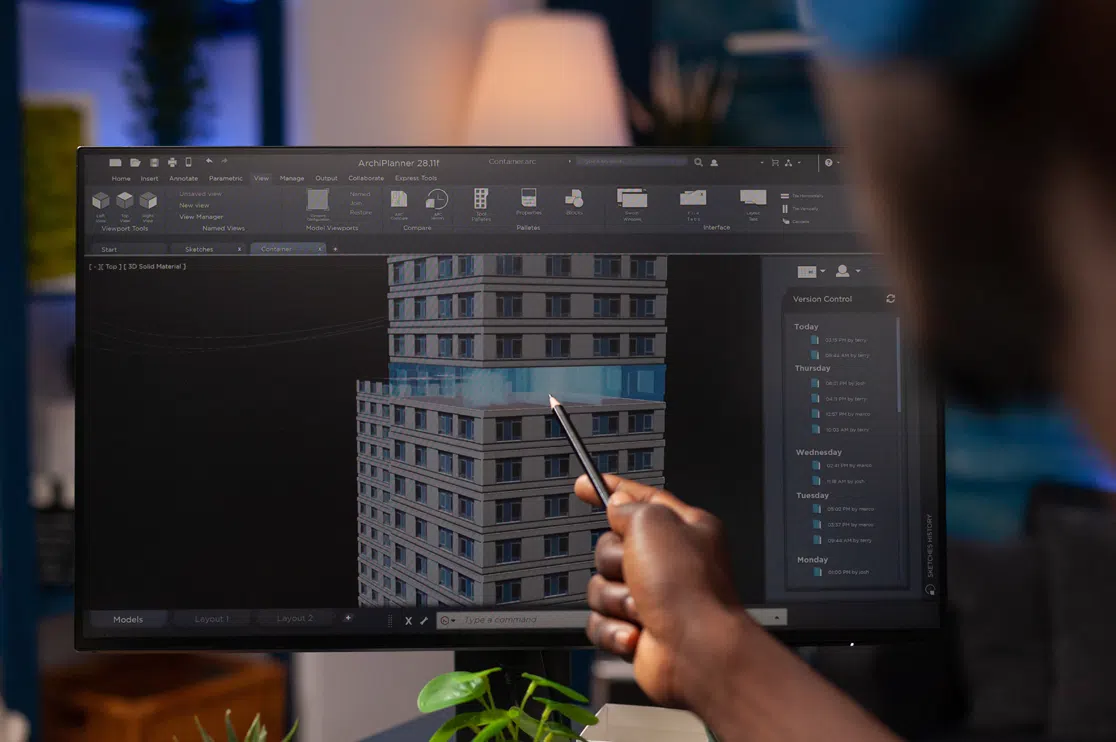 How BIM Services Enhance Collaboration, Design Choices, and Project Efficiency for Architects? – A Guide
How BIM Services Enhance Collaboration, Design Choices, and Project Efficiency for Architects? – A Guide  How is Artificial Intelligence in Construction Design Transforming Architectural Landscape?
How is Artificial Intelligence in Construction Design Transforming Architectural Landscape? 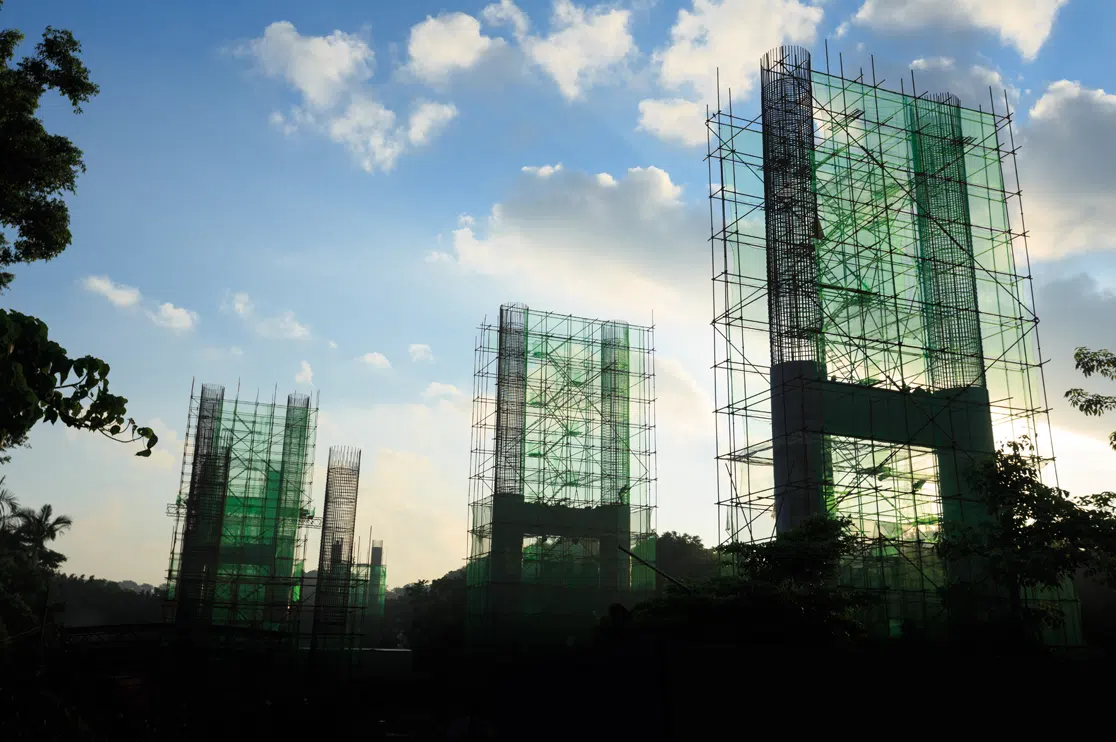 BIM Coordination Benefits for Contractors in the Preconstruction Stage
BIM Coordination Benefits for Contractors in the Preconstruction Stage